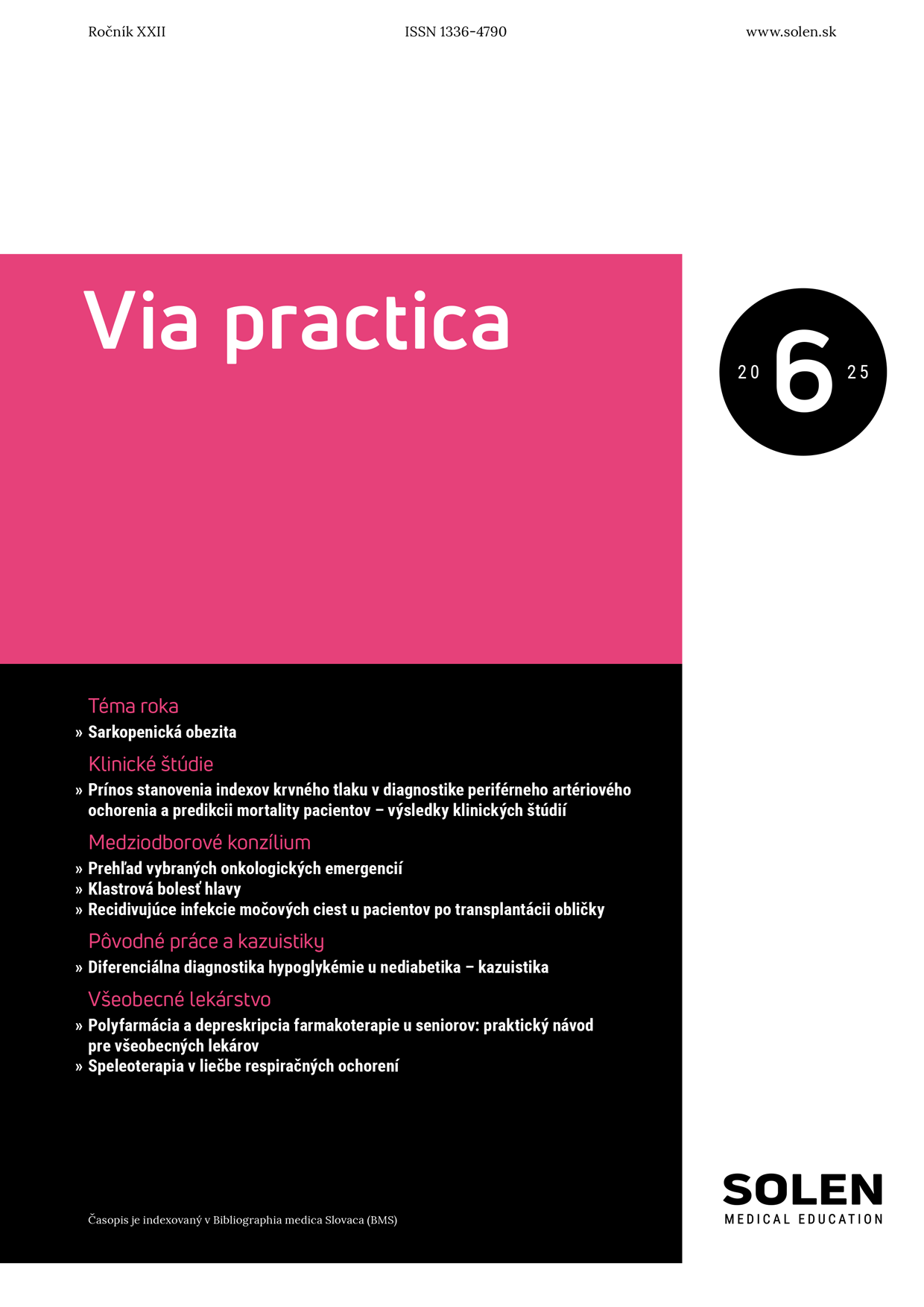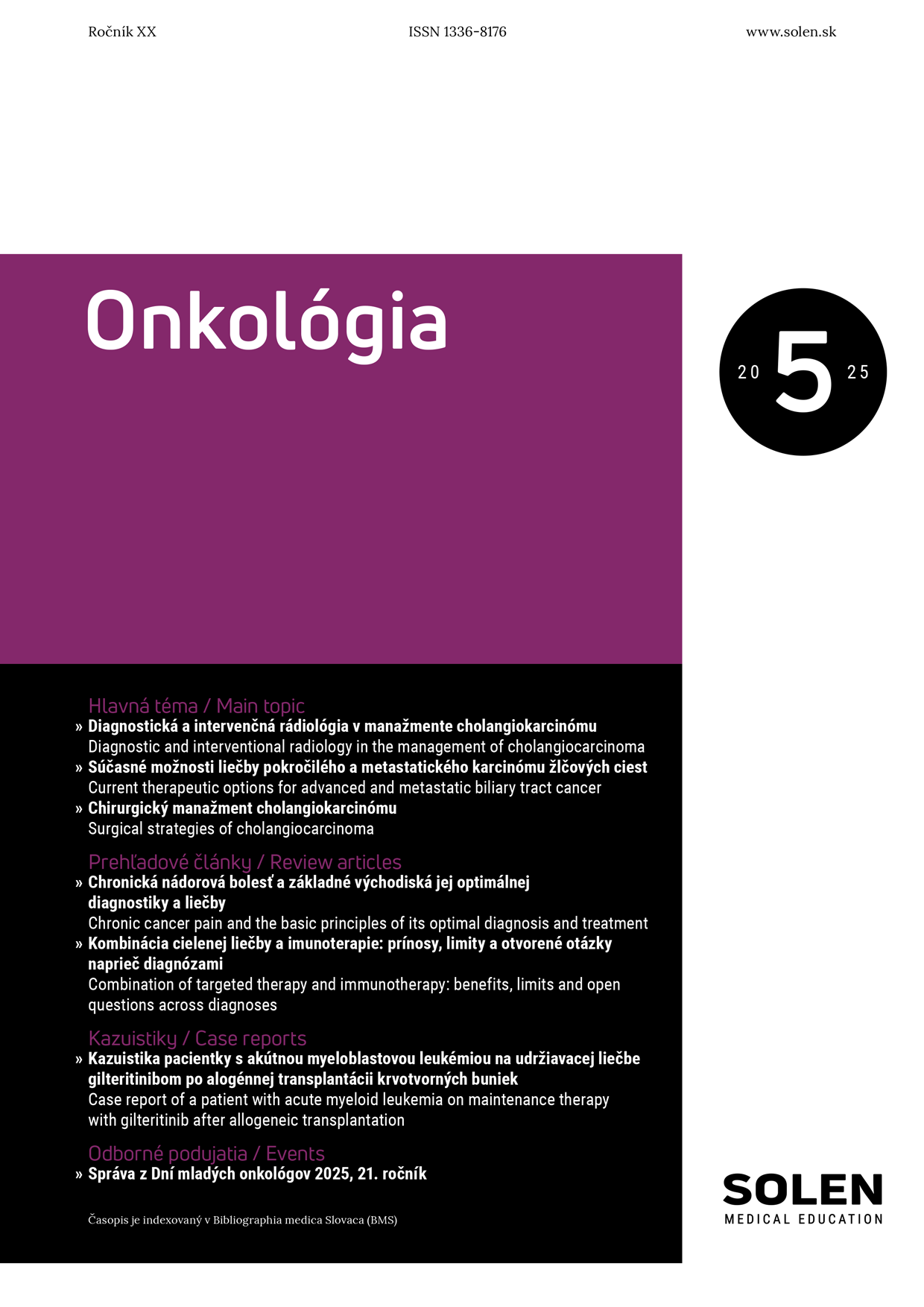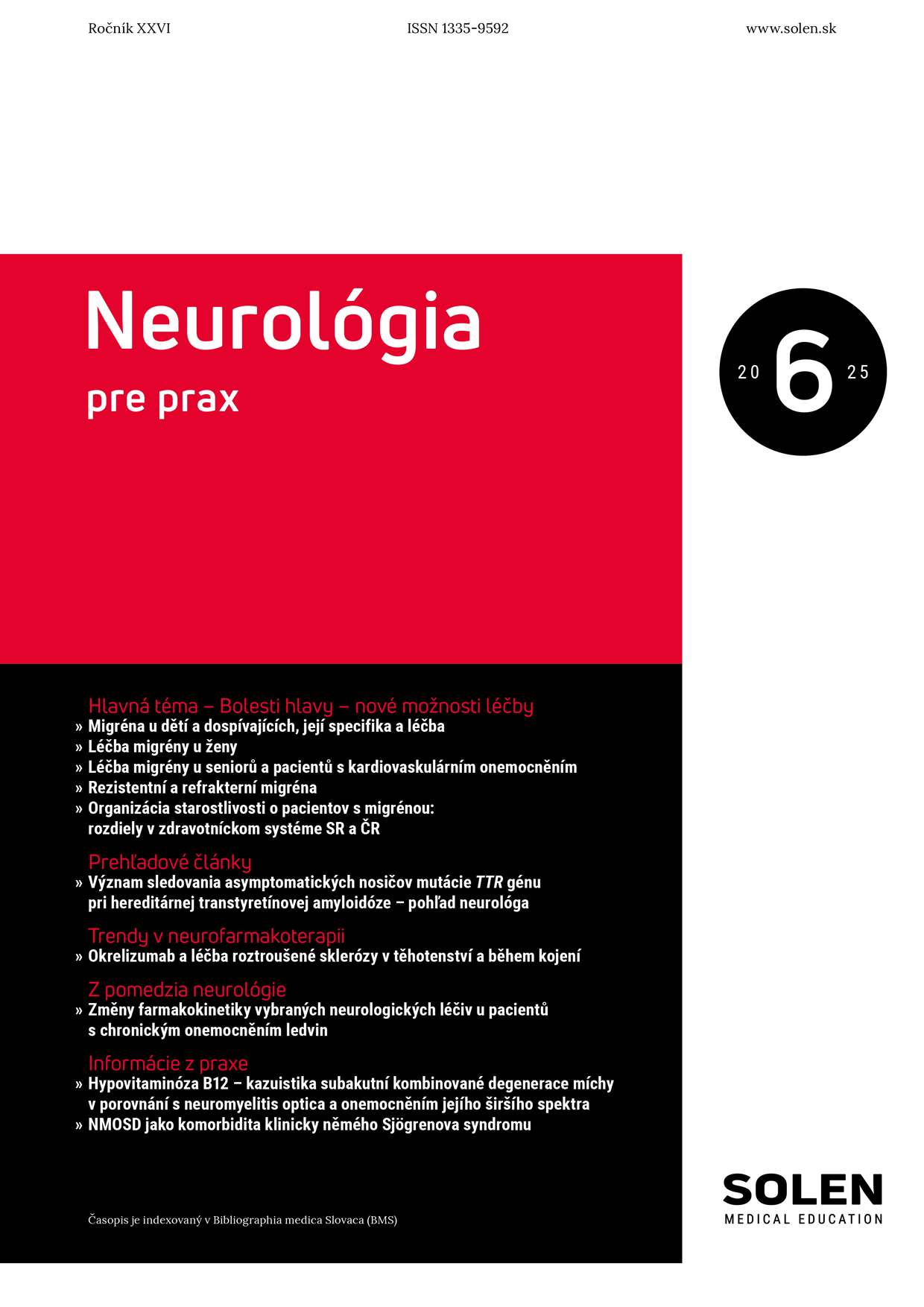Dermatológia pre prax 4/2008
THE DIAGNOSTIC POSSIBILITIES OF FINGER PLETHYSMOGRAPHY
Finger plethysmography is a relatively simple, non-invasive diagnostic method currently used especially in occupational medicine. It enables assessment of the peripheral blood circulation in extremities in individuals locally exposed to vibrations. This method can be also used in testing of other functional and structural microcirculation abnormalities. It can be applied also in other clinical specialities e. g. internal medicine, angiology, dermatology and rheumatology. The paper briefly presents a physical principle of photoplethysmography and concurrently recorded oxymetry. It also describes the procedure of the stress plethysmography, which is used most commonly in occupational medicine. It is followed by evaluation of findings collected by the authors. The results of partial studies demonstrate dependancy on age. The temporary results reflect the influence of age and the importance of upper and lower extremities examination in differential diagnosis. In a form of individual cases, the course of finger plethysmography is documented following vasoconstriction and vasodilatation stimuli in a vascular impairment of spastic origin as well as in a vascular system without dominant role of vasospasm. Also individual cases of so called Erasmus Syndrome are presented. Under this name is described the relation between an exposure to fibrogenic dust and systemic connective tissue disorders that is enlisted among occupational diseases in France. The consequences of a mass drug intake are also presented.
Keywords: photophletysmography, oxymetry, microcirculation disorders, vibrations, the Erasmus Syndrome

















